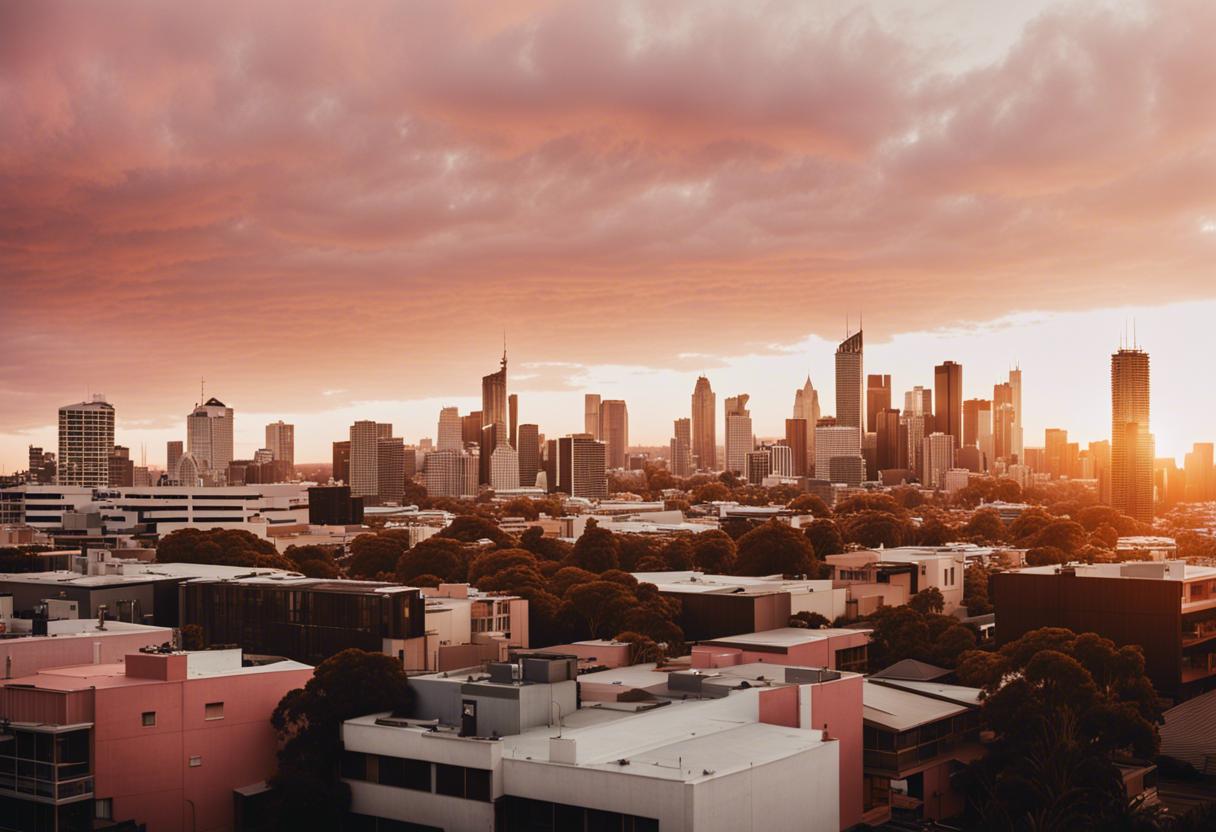Zach Tuohy, of the Geelong Cats, is preparing to retire from Aussie rules football. This has been major news in both Melbourne and his home town of Laois. Tuohy, alongside his Irish team-mates Mark O’Connor and Oisín Mullin, has been prominently featured in the media in the lead-up to his AFL retirement.
The prominence of Irish players in the AFL, both male and female, no longer has the novelty it once did, as evidenced through the likes of the legendary Jim Stynes. Their presence has become commonplace in various areas, and they are both noticeable and hugely successful in Australia.
Evidence of this came in a recent report by the CSO which disclosed that a whopping 10,600 individuals relocated from Ireland to Australia in the 12-month period leading up to April 2024. This is a staggering 126 per cent increase on the previous year. As those of us living and working in cities like Sydney, Melbourne, Brisbane, or Perth can attest, it’s not uncommon to come across Irish-accented nurses and teachers.
For example, my youngest child rejoiced in telling me that five of his school teachers had now mastered the pronunciation of his tricky Irish name, Oisín. Hence, it’s no shock that teacher unions in Ireland are getting worried.
Australia has also profited from Ireland’s exodus of medical professionals. Walk into the emergency department of any major hospital in large Australian cities, and you’ll likely meet Irish doctors and nurses who consider their pay and working conditions, as well as lifestyle in Australia, superior to what they’d expect in Ireland. After having lived in Ireland for a while, they usually find that life Down Under is suspiciously easy.
Australia’s charm for Irish immigrants is well established, given its balmy climate, English language, safety, established pathways to settlement and a comforting cultural environment. However, the recent influx of Irish citizens cannot only be attributed to the appealing climate. According to Fred Molloy, a Dublin-born migration agent in Sydney, there’s more to the story. He assists numerous Irish applicants with the complicated and typically costly visa procedures.
Only recently, Molloy has observed a change due to the pandemic. An increasing number of Irish youngsters have been choosing working-holiday visas. These visas offer limited work rights and are typically pursued by 18-35-year-olds, often as a bridge towards sponsorship and residency.
As per data from the Department of Home Affairs in Australia, a record-breaking 21,525 working-holiday visas were awarded to Irish individuals between 1st July 2022 and 30th June 2023. This figure is more than twice compared to the previous year when 10,491 such visas were granted. In 2008, during Ireland’s economic slump, the count had reached 12,847.
Molloy further states that a significant ratio of recent arrivals and newcomers are exploring the possibility of a more permanent shift. He suggests that many Irish immigrants wish to create long-lasting careers. Moving to Australia has become a lifestyle decision rather than a short-term travel excursion.
Despite its allure, Australia’s economic health is not robust. High cost of living combined with soaring interest rates have resulted in a noticeable dip in economic development, with a possible downturn in sight.
Like Dublin, rental properties in Australia come at a high cost, and the availability rate is extremely low. Sydney continues to hold the record as the most expensive capital to rent a house, with a median weekly asking price of $750 (€457), or €1,980 monthly, which is up by 7% from the previous year. More affordable alternatives include Melbourne ($580/€356), Brisbane ($630/€387), and Perth ($650/€399). Over the past year, house prices have increased by 11.1%. The cost of living, or as the local TikTok generation refers to it, “cossie livs”, has elevated significantly.
Australia continuously attracts a steady stream of people, burdening its dating scene. Despite this, the country’s job market remains robust, and its low unemployment rate at 4.2% shows a healthy economy. Job vacancies that the domestic workforce cannot meet have resulted in many Australian firms increasingly seeking migrant workers, with particular preference for those from Ireland.
The Australian employers’ preference for Irish workers is linked to the latter’s reputation for being skilled and employing a balance of work and recreational activities. Industries with significant demand for Irish workers include building, trading, healthcare, engineering, and education, according to Molloy.
Evie McCullough, a 29-year-old woman from Dublin, does not work in these much-demanded sectors. However, she finds fulfilment in her career as a media professional in Sydney, having migrated to Australia in April 2023. She attributes the upsurge of Irish migration to factors such as the COVID-19 pandemic, expensive real estate in Ireland, and the pursuit for professional advancements. McCullough acknowledges that pull factors, such as better job opportunities, increased wage prospects, enhanced quality of life, and abundant sunshine, have played a significant role in the decision to migrate.
Data from the Australian Bureau of Statistics for 2016-2017 reveals that Irish-born workers in Australia had the highest average earnings compared to skilled migrant labourers from other countries. The median income for all skilled immigrants was around $59,304 (roughly €36,000), in contrast, Irish workers had a notable median income of approximately $82,865 (€50,500).
While my tenure in Australia began amidst the country’s last economic downturn in 1991, where the unemployment rate surged to 10%, the current state of affairs presents a different story. The job market seems quite welcoming for aspiring Irish immigrants, positioning Australia as a land laden with opportunities, coupled with enjoyable weather.
Billy Cantwell, deputy opinion editor at the Sydney Morning Herald, was the inaugural editor of Australia’s Irish newspaper, The Irish Echo.

